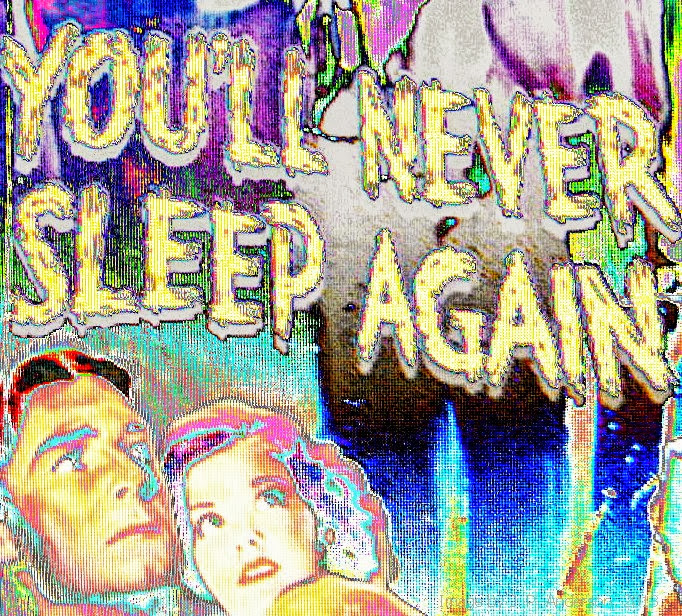Hundreds of records of criminal offences were “altered, erased, or falsified” after being brought to the attention of senior management by Sergeant Maurice McCabe, the garda whistleblower has claimed.
It is expected that this allegation, along with a number of others, will be referred for further investigation by barrister Sean Guerin who is reviewing Sgt McCabe’s allegations on behalf of the Government. The senior counsel is due to report to the Taoiseach next week.
The records demonstrate how offences were detected but never followed up on, by either investigation, or the issuing of charges or summonses.
Sgt McCabe had claimed that, in the Co Cavan station of Bailieborough, where he worked, up to 40 offences a month received no attention.
His claims formed part of an internal Garda investigation into Bailieborough, but, at a meeting in a Monaghan hotel in October 2010, Sgt McCabe was told that there was no basis to believe that a large number of offences went unaddressed. He then produced records from the Pulse system which provided evidence that he was correct.
The documents, which covered more than 600 cases, were taken from him by Assistant Commissioner Derek Byrne, who was heading up the internal investigation.
Months later, Sgt McCabe discovered that many of the entries into the Pulse system on the cases had been altered and falsified. This is contrary to Garda procedures — effectively wiping off record a detected offence.
For instance, one case seen by the Irish Examiner involved a motorist serving a six-year disqualification of his licence being stopped while driving without insurance. The case was marked on Pulse as “detected”, and would have required further investigation and almost definitely serious charges. Yet nothing was done.
Within three months of Sgt McCabe bringing this to the attention of management, the Pulse entry was changed to read “undetected” and the incident recorded as “no summons issued as seizure of vehicle and payment for same deemed sufficient”.
Other cases involving serious assault, burglary, drug crimes, and serious motoring offences such as dangerous driving were also altered to give the impression that the incidents had been dealt with in a proper manner.
Soon after the meeting in Monaghan, Assistant Commissioner Byrne left the internal investigation, as a result of allegations McCabe made about him at the meeting. There is no suggestion that he had anything to do with the altering of the documents.
The Irish Examiner understands that the documents were sent back from Garda HQ to the Cavan/Monaghan division, and the falsification took place some time thereafter.
The falsification of records is one of 10 separate allegations that Guerin is investigating, most of the others involving incidents of serious crime.
Over the last three weeks, the senior counsel met with Sgt McCabe four times and he is also understood to have met senior gardaí. None of the victims involved in the cases referred to by Sgt McCabe have been interviewed.
Speculation is mounting among government and legal sources that if further investigation is required, it will be referred to the commission of inquiry currently being headed up by Judge Niall Fennelly, looking into taping in Garda stations, and the investigation into the murder of Sophie Toscan du Plantier.
Including any of the Guerin material in the Fennelly inquiry is seen as preferable to establishing a new and separate commission of inquiry.
The inquiry into the bugging of GSOC, headed up by Judge John Cooke, is also expected to report in the coming week.



